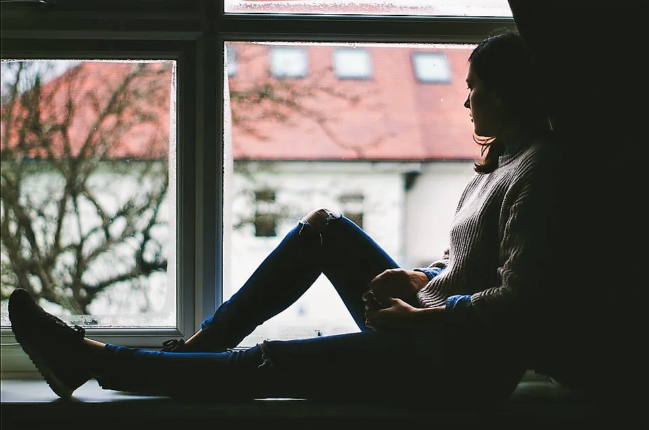Blog
What is seasonal affective disorder & how to know if you have it
November 3, 2020
3 minutes, 13 seconds

Seasonal affective disorder is a lot more than missing lighter and brighter days. Also known as SAD, seasonal affective disorder is a type of depression that is triggered by reduced exposure to sunlight during the darker autumn and winter months.
From finding it difficult to wake up in the morning and experiencing daytime fatigue, through to craving carbs and generally experiencing a low mood, SAD can cause a variety of symptoms.
It is estimated that one in three people in the UK suffers from seasonal depression disorder and the most common period for an onset of SAD is between September and December. You might even hear many people refer to it as winter depression.
We’ve created a helpful guide covering what seasonal affective disorder is and how to know if you have it.
What is seasonal affective disorder?
The vast majority of us have heard the term SAD before, but do you know what it means?
SAD is a term used to describe the theory that a lack of Vitamin D and sunlight can affect the part of the brain known as the hypothalamus from working properly. When this happens, it can affect the production of melatonin, a natural hormone that helps control the sleep cycle. People who experience SAD are also known to produce higher than normal levels
of serotonin, the hormone that helps to stabilise our mood, wellbeing and happiness, as well as helping with sleeping, eating and digestion.
It is also thought that SAD may be hereditary and run in families.
Seasonal affective disorder symptoms and treatment
There are many symptoms linked to seasonal affective disorder.
We’ve listed below some of the most common symptoms of SAD, however, it’s important to remember that these will vary from person to person.
The most common symptoms of seasonal affective disorder include:
- A loss of interest in normal everyday activities
- A loss of pleasure in activities that you would otherwise enjoy
- Extreme irritability
- A persistent low mood
- Feeling tired or lethargic more than usual
- Feelings of despair, guilt and worthlessness
- Struggling to get out of bed in the morning
- Sleeping for longer than normal
- Weight gain
- Craving carbohydrates or fatty foods
You might not experience all of the symptoms listed above and some can be more severe than others. However, experiencing any of these symptoms can have a debilitating impact on your everyday life.
Treatment for seasonal affective disorder
The good news is that there is a range of different treatments used to offer an effective long term treatment solution for SAD.
The best course of treatment for you will depend on your individual needs and symptoms so you should always speak to your GP about the most suitable treatment programme.
Common treatment options for SAD include:
- Antidepressant medicine – Antidepressant medications can prevent and relieve many of the symptoms of SAD. However, these medications are usually a last resort.
- Sunshine – Getting as much natural sunlight as possible can also help relieve SAD symptoms. So, when the sun is shining during the winter months, make sure you make the most of it and head outdoors.
- Frequent exercise – We all know that the key to a healthy and happy lifestyle is to exercise frequently. This can also help to manage SAD, so make sure you incorporate exercise and movement into your daily routine, particularly during the winter months.
- Light therapy – A special lamp known as a lightbox can be used to simulate exposure to sunlight.
Who is most susceptible to developing SAD?
SAD is not age or gender-specific, and the same symptoms are typically found in both men and women.
If your symptoms are severe and they are having a significant impact on your mood, social interactions, health and general wellbeing, you should seek help from a medical professional.
To find out more about the symptoms of SAD and potential treatments, please get in touch.